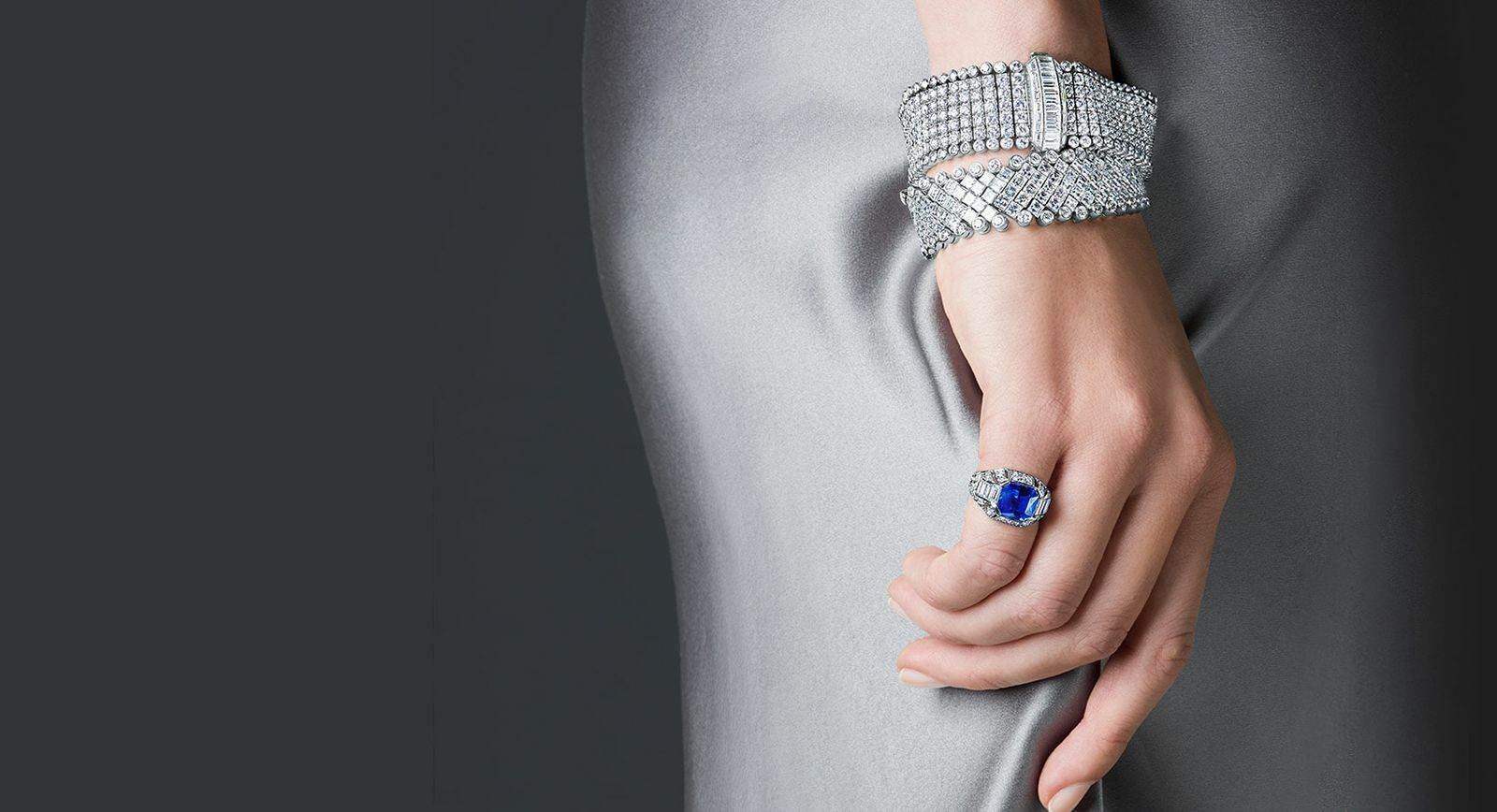One of the biggest influences on Art Deco was the discovery of King Tut’s tomb in 1922, which sparked a global jewelry frenzy. Pierre Cartier predicted that this “Egyptomania” would create sweeping changes to the fashion jewelry industry. The discovery certainly did, and the houses of jewelry soon followed. It has been a popular style ever since. Today, you can still find beautiful jewelry made with Egyptian-inspired themes and motifs.
Convertible jewelry
During the Art Deco period, jewelry pieces were often convertible to allow the wearer to change the look they were wearing, depending on the occasion. This versatility created the appearance of wealth and was popular with many wealthy women. Other prestigious jewelry houses began producing convertible pieces as well. In 1929, Cartier introduced a necklace that could also double as a diadem. Boucheron also developed necklaces that could change into marcasite bracelets or diadems.
The popularity of convertible jewelry grew during the Great Depression. The 1929 Stock Market crash made jewelry an expensive luxury, so advertising by Tiffany & Co. and Trabert & Hoeffer-Mauboussin emphasized value. Convertible jewelry was made for all budgets, and even those with modest spending budgets could purchase a beautiful piece of . This style is now considered classic and timeless.
Large brooches
These elegant large Art Deco brooches are set with a cluster of grey-iridescent blown glass beads and gold metal leaves. The gold metal leaves are secured with six wide claws. The faceted crystals in each brooch are about 2.4mm in diameter. The piece is backed in brass. The condition is good. Some discolouration has occurred on the corded metal part of the brooch.
The large design makes this piece one of the most versatile. It can be worn alone or combined with two smaller symmetrical brooches. During the Art Deco period, wearing a brooch was practically second nature. The versatility of the art deco brooch is a great example of that. Brooches were designed to be worn on many different areas, including jacket lapels, in the hair, or to accessorize shoes.
Voluminous bracelets
The dramatic voluminous shape of a bangle bracelet has inspired the design of many Art Deco pieces. The style of this jewelry was influenced by the Italian Futurist movement, which focused on dynamic and moving objects. Symbols of the Egyptian Pharaohs, such as the pyramids and the eye of Horus, were particularly common in Art Deco pieces. These designs were often inspired by nature, particularly from Egypt.
The Art Deco period was marked by the use of streamlined geometric patterns and highly polished white surfaces. Some of the most famous necklaces and bracelets of this time period were designed by Jean Fouquet, who incorporated rubber and chromed metal into his designs. These pieces were made to be both versatile and affordable for the common man. These bangles and bracelets were not only elegant and dramatic, they also made a statement.
Colored gemstones in “calibre” cuts
During the Art Deco period, the calibre cut was a common gem-cutting technique. The result was a stone with a complex shape and precise spacing against other stones and metal. This cut style is also difficult to find in modern jewelry, as they are often carved from synthetic materials. Here’s how to spot a calibre-cut stone in an Art Deco piece of jewelry.
The Art Deco era is characterized by the use of diamonds and colored gemstones. These stones are often tightly set against other materials, including gold, and have a strong impact on the overall design. Many pieces of jewelry from the era also feature filigree work, a technique of tiny intricate cutouts that was perfected by die-cutting machines. Many of the finest pieces of jewelry in this style were crafted in 10k or 18k gold. Some of the most popular Art Deco jewelry designers include Cartier, Van Cleef and Arpels, and Louis Comfort Tiffany.
Silver-toned metals
Many pieces of Art Deco jewelry were made from silver-toned metals. These pieces often featured accents of gold, diamonds, and gemstones. Silver is a white metallic element that is harder than gold but softer than copper. It is second only to gold in ductility and malleability. Silver is represented by the symbol Ag on the Periodic Table of the Elements. It is a good conductor of heat and electricity and is considered a noble metal. It was used extensively in the production of jewelry, and is still used today.
Art Deco jewelry is characterized by geometric designs. The designs were heavily inspired by art and science, and the style was widely popular in the 1920s and 1930s. Colored gemstones were used extensively in Art Deco jewelry. Popular colors in this style include black, blue, green, and deep red. Enamel elements also increased in popularity during this time period. The materials used in enameling enable jewelers to add fun colors to metal pieces, while resulting in a sophisticated contrast.
Gemstone beads
The dazzling colors of Art Deco jewelry are not the only feature to look for. Filigree work was a common embellishment that echoed the design of the gemstones in the pieces. This style involved the twisting of metal threads into curly patterns. The intricate designs gave the wearer the impression that they were wearing lace. Throughout the 1920s, this style was popular, and gem-like beads were used in many pieces.
The period between the First World War and the Second World War saw the rise of the fashionable style known as Art Deco. The trend was characterized by geometric shapes, blocks of color, and stylized representations of nature. Art Deco designers were inspired by various cultures, including Egyptian and oriental designs. Jewellery from this time era tended to incorporate carefully arranged gemstones in white metal settings. It’s not surprising that the art deco style inspired many artists today.


